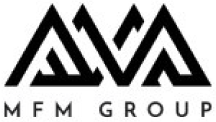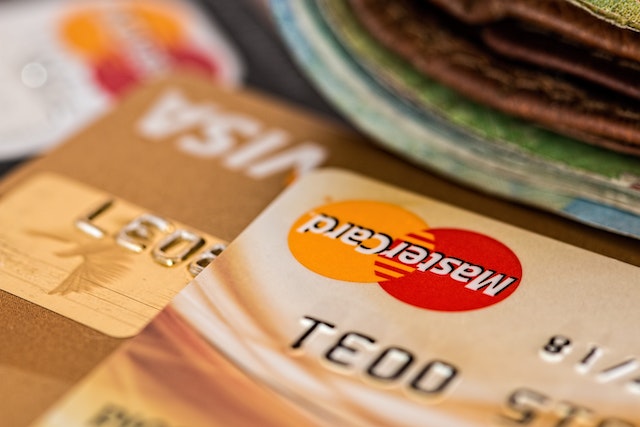Consumers are tightening their belts as living costs and interest rates rise, putting pressure on small businesses.
A Commonwealth Bank of Australia report launched on Monday showed consumer spending growth declining nationally to 1.3 per cent in the year to July, with the measure weakest in Victoria.
The monthly CommBank household spending insights index uses de-identified payments data from seven million customers – about 30 per cent of all Australian consumer transactions – to reveal the latest trends in spending activity.
Spending gains in household goods, transport, hospitality, education, insurance, health and communications and digital were offset by declines in household services, recreation, utilities, motor vehicles and food spending.
The strongest state for household spending growth in July was South Australia (up 1.9 per cent), followed by Victoria and NSW (up 1.7 per cent), while Northern Territory and Queensland were flat.
But over the 12 months, the strongest states were Western Australia (up 3.5 per cent), and SA and the NT (up 3.4 per cent), while NSW (down 0.2 per cent) and Victoria (down 0.3 per cent) were the weakest.
CBA chief economist Stephen Halmarick said interest rate hikes since mid-2022 had driven a slowdown in household spending, which was expected to weaken further over the remainder of 2023 and 2024.
“While the RBA is likely to hold the cash rate at 4.1 per cent for an extended period, we expect it will start lowering interest rates in March next year to 3.1 per cent by the end of 2024 in response to a slowing economy, inflation closer to target and a softer labour market,” Mr Halmarick said.
Meanwhile, small and medium sized businesses are starting to feel the pinch and looking to sources of credit.
A survey by loan comparison site Small Business Loans Australia found while 23 per cent of SMEs planned to reduce the number of credit cards, 39 per cent flagged increasing their use.
A quarter of businesses planned to increase the number of credit cards they owned and 14 per cent signalled they would apply to increase the limit on at least one of their cards.
Small Business Loans Australia CEO Alon Rajic said the strategy of using credit cards to relieve immediate financial pressures or as a buffer could be costly.
“Unfortunately, relying on credit cards, which carry a much higher interest rate than other forms of finance, such as loans, will end up costing businesses more in the long term,” he said.
Credit card interest rates average 20 per cent.
But the survey showed two-thirds of SMEs were looking at alternatives such as direct bank payments or EFTPOS to keep track of their spending.
MR Rajic said small businesses with sufficient cashflow should consider the benefits of payment methods such as EFTPOS and direct transfer.
“These include lower to zero transaction fees, immediate settlement, simplified expense tracking, privacy and security, and no credit risk,” he said.
The survey identified small businesses in WA, Victoria and NSW as being more likely to examine direct payment methods such as bank transfer and EFTPOS over the next six months.
Wage data and the latest jobs figures to be released in coming days will shed further light on the state of the Australian economy.
“We want to see wages growing again as part of our efforts to ease cost-of-living pressures,” Treasurer Jim Chalmers told reporters in Brisbane on Monday.
Paul Osborne
(Australian Associated Press)





